rob.
Established Member
I know the photos arnt great, sorry, the lighting outside is very poor.
This is the top of this antique Mahogany chest of drawers restoring-an-antique-chest-of-drawers-advice-welcomed-t98737.html , I'm stripping off the polish and found what looks like a pine top , any ideas?
It looks like three planks glued together.
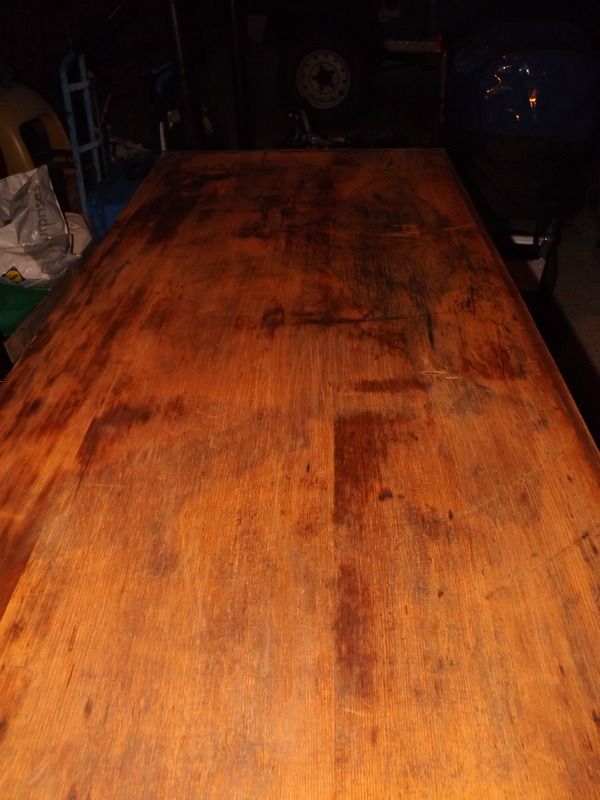
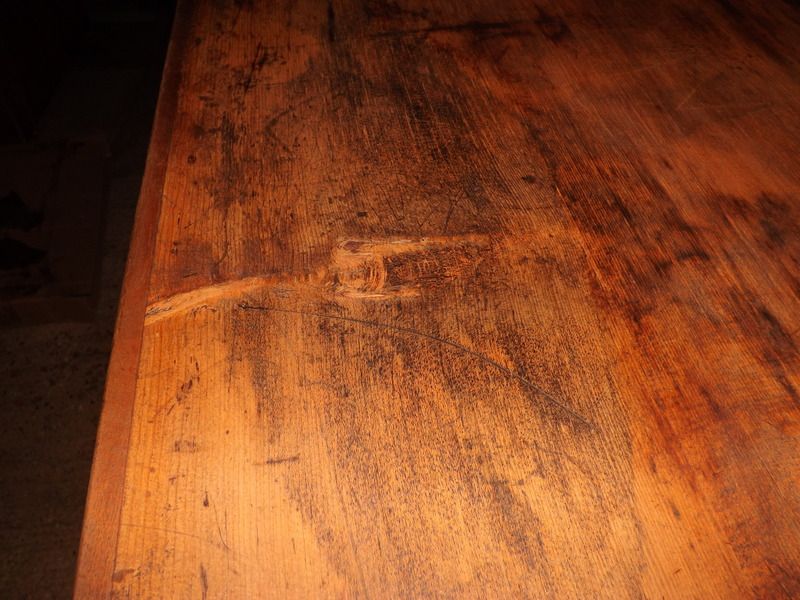
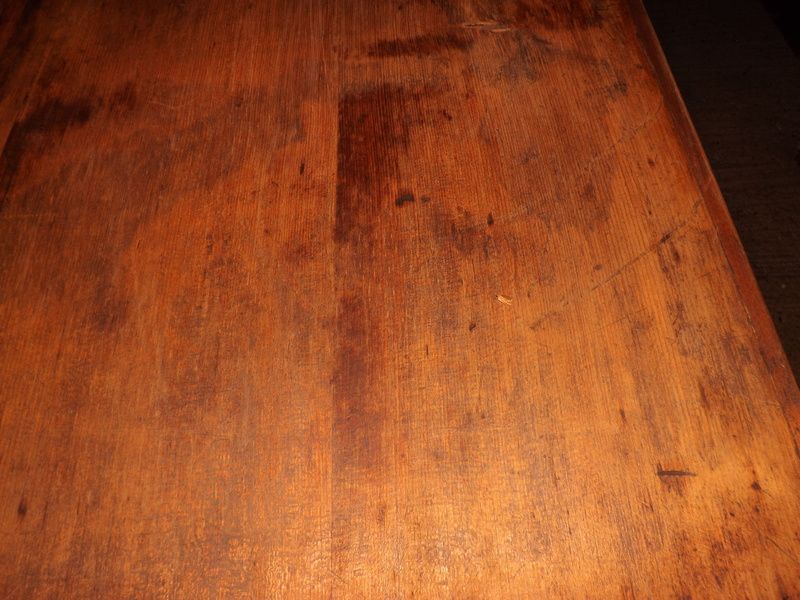
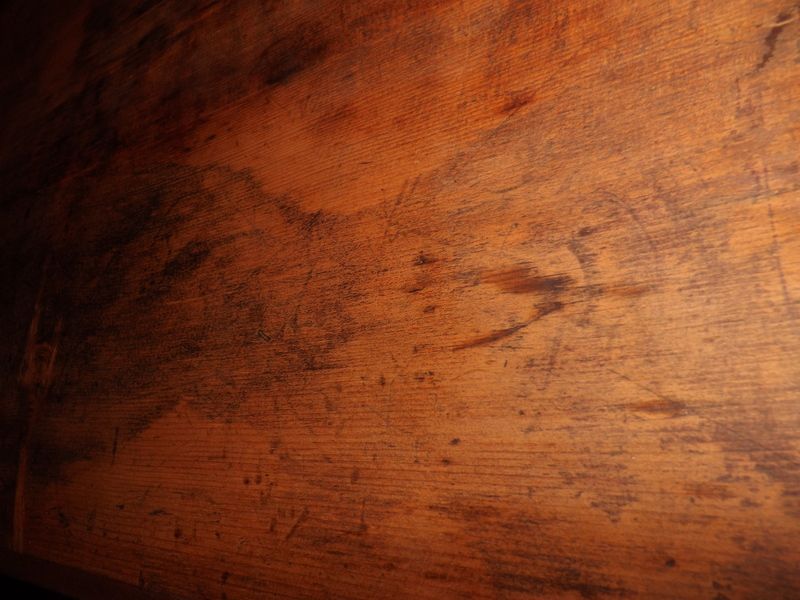
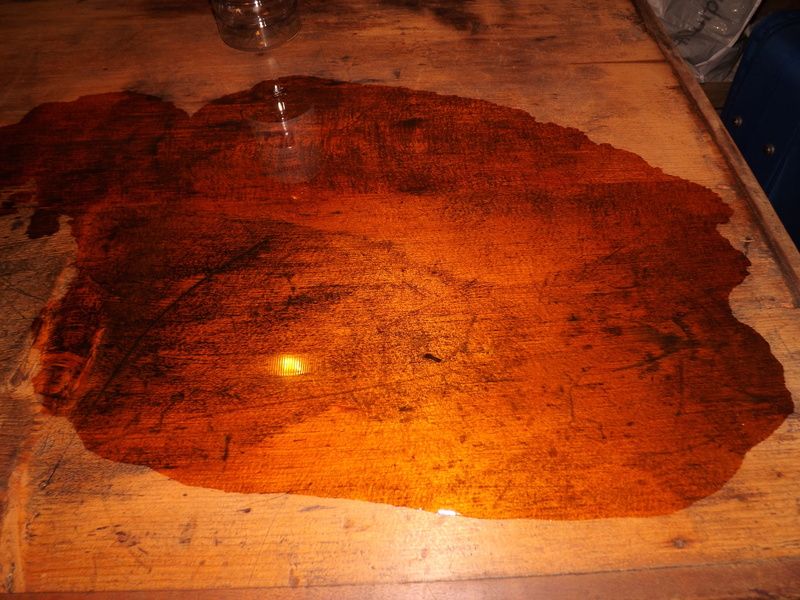
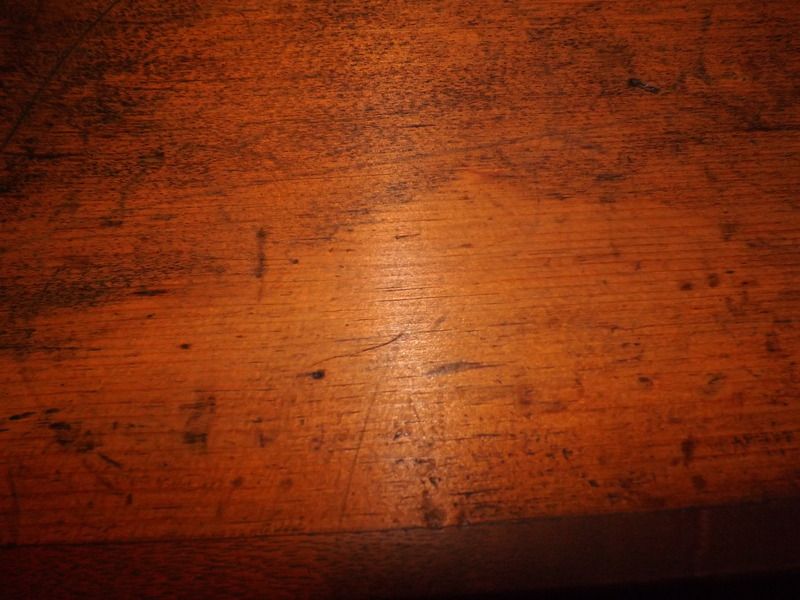
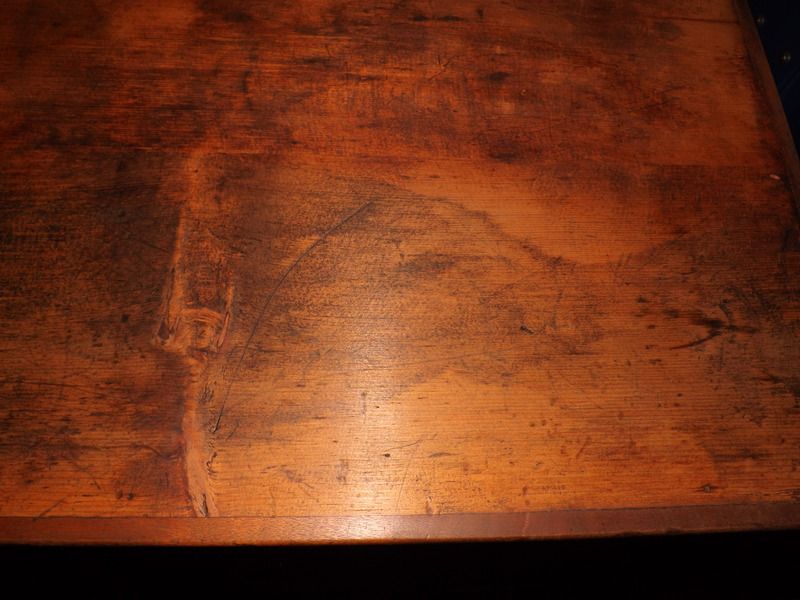
This is the top of this antique Mahogany chest of drawers restoring-an-antique-chest-of-drawers-advice-welcomed-t98737.html , I'm stripping off the polish and found what looks like a pine top , any ideas?
It looks like three planks glued together.








































